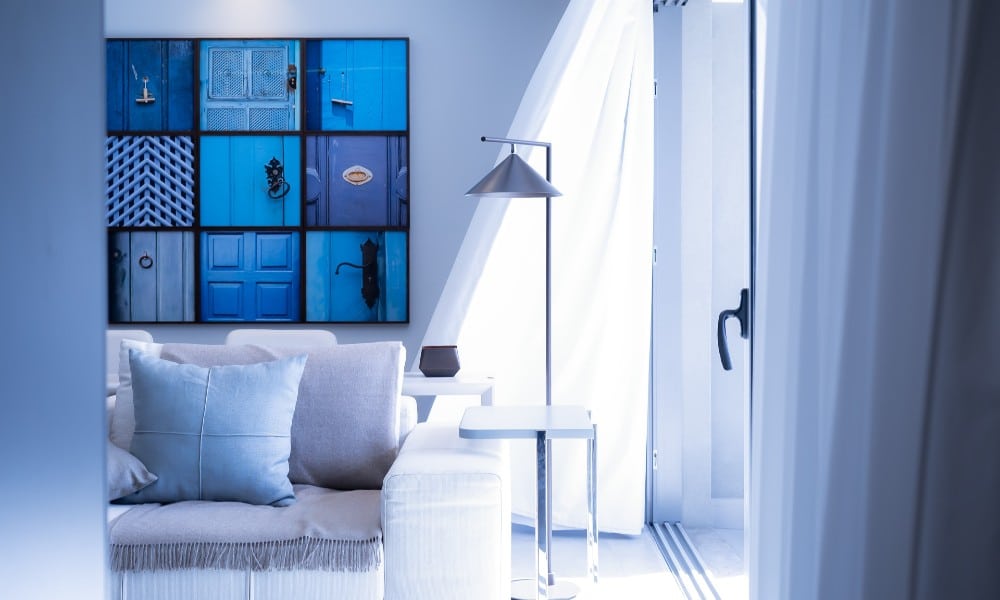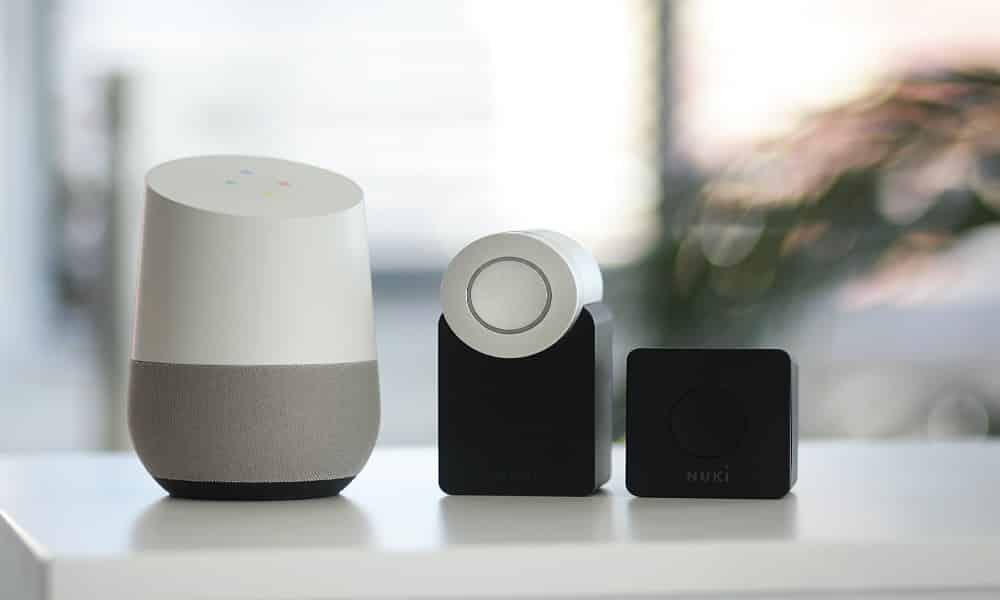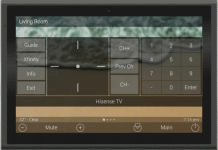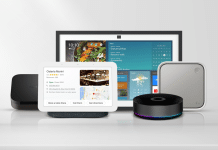
Until a decade ago, smart home technology in India was an alien concept which was complicated to understand. Such concepts were just a figment of one’s imagination and were limited to sci-fi movies. Fast forward to today, the Indian home automation market has seen phenomenal growth and is growing at a CAGR of 35-40%.
While the digital boom in India may have spurred the growth of this nascent industry, the concept of automated homes has evolved from pressing buttons to open a door to securing your house and being able to remotely observe and control the space. Home automation offers safety and security, convenience and is energy-efficient.
Although the transition towards smart homes has been underway for some years, the change has been gradual. The pandemic-induced lockdown, however, changed the situation overnight with individuals realizing the need to create smart homes that facilitates social distancing and work-from-home norms.

“Because of the circumstances, people spent more time at home. A lot more of investment went into smart machines, smart equipment, automation, products like Alexa etc. The surge in the amount of work after the ease of lockdown is a proof of that,” observed Mahesh Punjabi, CEO, Mahesh Punjabi Associates, a leading Mumbai-based interior designing firm.
“Using your phone, you can seamlessly operate multiple devices at home. The requirement pattern is also changing. A smart home has become like a unified entity. Each device becomes a speciality. You are not constrained by the capability of devices,” said Ravindra Seth, Director (IoT), Samsung Electronics.
One of the key drivers for the Indian home automation market is the cost-effectiveness. While cities like Mumbai, Pune and Bangalore have witnessed considerable growth in the adoption of smart home systems, even Tier-2 and Tier-3 cities are catching the fancy of home automation trends.
“Just like the imported cars that have lesser value in cities, find a lot of value in the smaller towns. And they opt for the best-in-class. Similarly, home automation is something people have not seen. So there is a surge in demand from these areas. The bigger city clients may have budget restrictions, but the Tier-2 and Tier-3 clients are ready to spend more to get the best product,” revealed Punjabi.
“We do see on geographic-specific demand, but now there is a paradigm shift. Earlier, the focus used to be on capital and metro cities. Today, Tier 2, 3 markets or even smaller markets like Coimbatore and Madurai hold equal potential. The focus has also shifted to apartments and housing complexes. Even independent bungalow owners are shifting towards home automation,” said Suman Kumar, Director – India, Control4, a provider of automation and networking systems for homes and businesses.
The market is flooded with a variety of players offering smart home systems at economical costs, thus increasing the scope of the Indian home automation market. Economical video surveillance for security solutions that are integrated with real-time analytics are the most basic technologies for home automation. Even simple day-to-day operations like lighting, temperature and entertainment are being controlled remotely. For consumers who prefer ease and tech-enabled convenience, smart equipment and connected devices can completely alter their home design.
Going forward, as technologies like Artificial intelligence will disrupt homes. Innovation will turn out to be considerably more proficient, and we will have the option to control everything from tools to radio volume to security from one central spot. Indeed, as AI creates, we at last won’t have to physically control anything, as these devices will automatically acclimate to our inclinations.
From individual homes, the trend is now moving to real estate developers offering in-built smart homes and smart buildings. A smart building uses sensors, microchips, and actuators to control and regulate air conditioning, ventilation, lighting, heating, and other systems. It leverages integrated and advanced building technologies, including advanced telecommunications systems and fire safety equipment, to enhance comfort and safety. Building systems can be operated automatically according to environmental conditions, preset and variable schedules, and emergencies. Energy efficiency remains at the forefront of trends in IoT smart buildings.
These are exciting times. The sheer amount of consumer interest generated by smart home technology means the world’s biggest tech companies and innovators have entered a race to outdo one another. This only translates into means bigger, better smart home tech spurring the industry on an upward trajectory.















